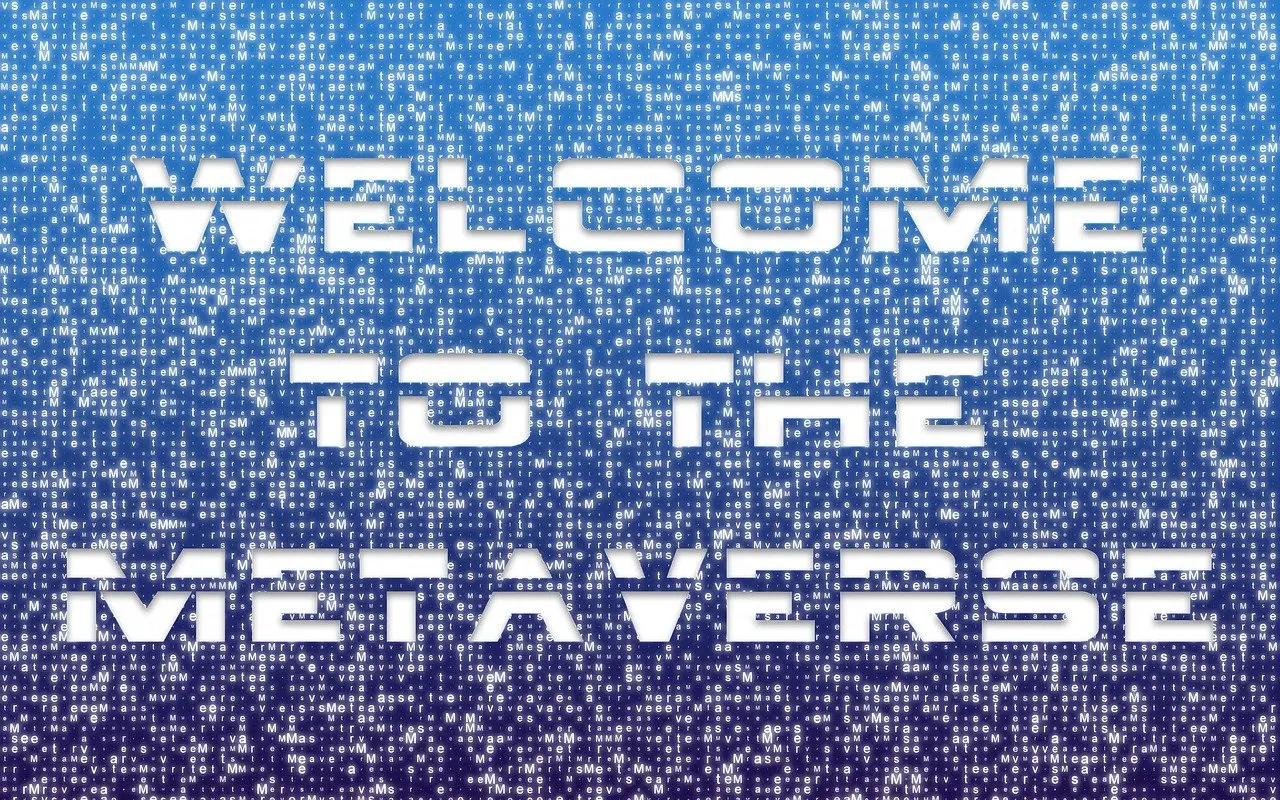Advances in technology put the control of the web experience into the hands of both the site manager and the site visitor.
On the manager side, stunning photographs, moving music and exceptional video product displays deliver all the promise that the enterprise has to offer. On the visitor side, the flashing images, interminable load times and a trade-off of actual information for more ad space often leads to a click away from the site altogether.
Retain visitor attention
The average person stays on any given Web page for less than one minute. According to Microsoft Research, the first 10 seconds are critical to enticing the visitor to stay. After that, the majority will leave before 30 seconds pass. Only after 30 seconds do departures slow down. Regardless of the beauty, content or relevancy of the site, if the landing page doesn’t grab and hold a visitor’s attention, it is an unsuccessful website.

Balance visuals with text
Some content elements are best presented through graphics, others through text. Both aspects factor into algorithmic “pings” that direct search engines to the site. Using both as search engine optimization tools will raise the site up the search ranking pages for the subject. However, to achieve the goal of gaining and retaining viewer attention, a balance of the two promises the most success. After determining a proper balance, the quality of the content of each will contribute to the value of the site overall.
Carefully select visual content
Visuals of any kind (photos, graphics, videos) excite a different response in the viewer than does the written word. Emotional responses can be triggered by a simple still image, a photo of something loved, or a video that causes laughter. The purpose of the project should guide the use of visuals so that information that can only be transmitted through an image is captured, while critically important text isn’t lost or overwhelmed.
Anticipating the viewer’s expectation should also play a part in weighing the balance of visuals and text. Light hearted sites may find that visuals are important for immediately communicating fun. More somber content may suggest a reduction in the size of visuals in favor of added written matter. Commercial images of products give consumers information that only visuals can convey — do they like what they see enough to buy it? And an infographic chart or graph can present large quantities of data in a single image although the nuances and subtleties contained within the data may not be obvious.
Include value in the text
Text is important because it explains things. While an image conveys a specific visual perspective, text can convey complex ideas within the same amount of space.
The amount of text used depends on the information being delivered, the expectations of the author and the viewer, and the purpose of the website. High-quality information contained within the text will address the viewer’s query, offer proprietary information, and encourage deeper, more meaningful engagement between the two.
According to Google, longer written posts are favored over shorter ones, although that may not hold true for mobile users. Pieces with more than 1,000 words are ranked higher on Google than shorter pieces.
Because of its infinite manipulative qualities, text can offer some of the aspects (color! font! size!) of visuals while also delivering more detailed information than that which is conveyed in a visual. Spelling, grammar and sentence structure all contribute to the viewer’s experience of the site. Quality information presented in a competent, compelling format secures the reader’s attention all the way through.
Text also conveys a more authoritative tone than does a visual image, and combining it with relevant links raises its credibility level even more. Links that connect to authoritative, reputable sites indicate to Google that this site is trustworthy and credible, too. Author expertise is also a critical factor in determining the authority and quality of any particular piece of content. This is especially important for academic and executive/corporate pieces.
Most significantly, the text of the site is usually where the value of the site lies, and “value” is the single most important reason anyone stays on a website for any length of time. Value can be many things and is defined by the user. Instructions and technical guides solve problems; dictionaries, encyclopedias and research articles deliver information and insights that educate the reader. Websites that provide value for their viewers will be revisited.
Search engines do not have the ability to comprehend content so they can’t determine which sites are of higher value than others based on data alone. However, search engines do track sites that are visited often and in response to a variety of queries. Those with valuable content that attracts many visits will rise on the search engine pages for that reason alone.
If you have a content marketing program, or are planning one, download our ebook: 100 mistakes businesses make when starting, optimizing and scaling content marketing programs. Learn from the mistakes of hundreds of other companies. 100 mistakes walks you through common and uncommon challenges that they faced with their content marketing programs.










